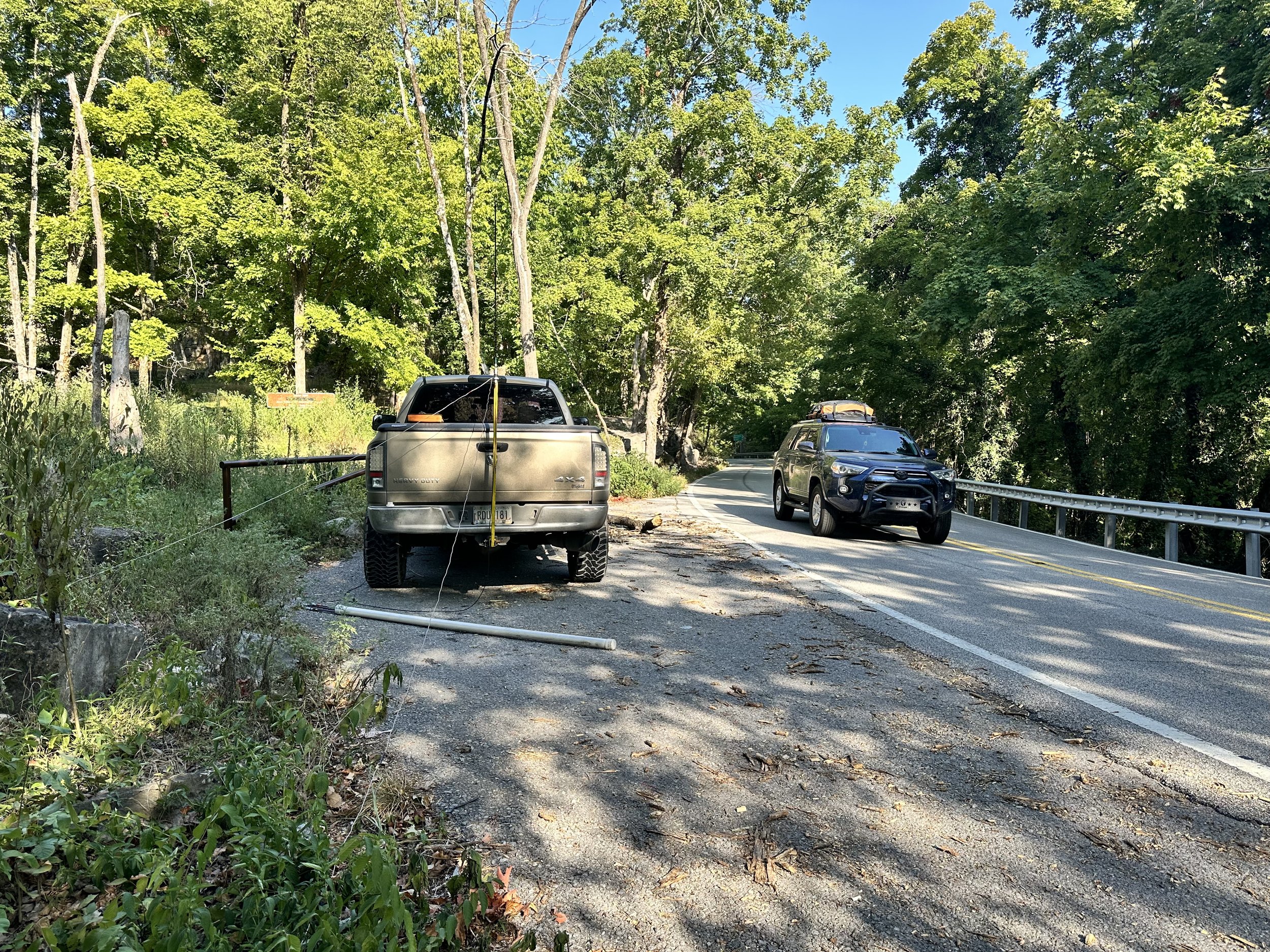When I started this blog, I never expected it to run for 3 years!
I now have a substack where I will be blogging about my POTA and persoanl adventures and look forward to seeing you all there. Of course, the main ham radio blogs will still be on Ham Radio Today as well so you can enjoy them there. Thank you for following along for so long.
Well, I have made the decision to stop posting these blog posts to my personal website going forward. Instead I am going to start posting them to our Ham Radio Today site that is specifically geared towards amateur radio.
For things not related to ham radio, I will be posting them to the Thoughts and Projects Blog and this will include things about my life all encompassing except ham radio. This was my “photography” blog at one point, but I didn’t post to it consistently so I have transformed it into what it is now, so the back catalog of posts on this blog are almost all photography related, but going forward this will be about anything I chose to write about.
The Ham Radio Today site is in a fledgling state currently as it is new and I wanted a home for my blog posts that would be easier to find on the web.
It is going to continue to be about my adventures in radio just like they were here so expect the same sorts of things that you have grown to love here. I will be doing things on my POTA adventures and things like hamfest exploration as well as my tinkering on the work bench. Also, this repository will be here for future reference as well. So if you find a link to one of these posts in a google search, you will still be able to read them.
As a gesture of good faith, I am not simply dropping this note here and leaving you high and dry. Just click on the link below and you can read this week’s adventure over at the new home of the WK4DS BLOG at Ham Radio Today!


























































































































































































